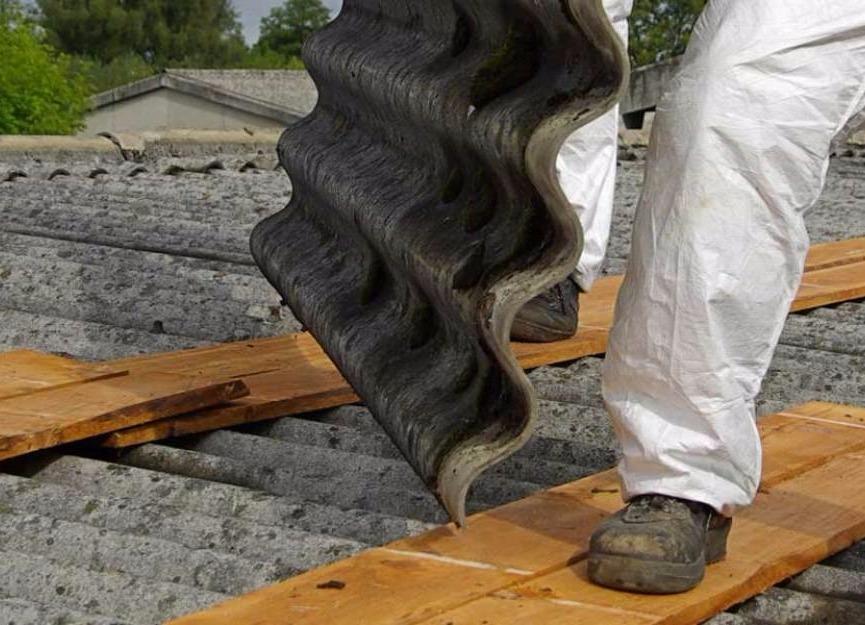Safe Asbestos Removal: The Essential Guide For A Healthy Environment
Asbestos, a naturally occurring mineral, was widely used in the construction industry due to its desirable properties such as heat resistance and insulating capabilities. However, it was soon discovered that exposure to asbestos fibers could result in severe health issues, including lung cancer and mesothelioma. With the growing awareness of the dangers associated with asbestos, the need for proper asbestos removal has become an urgent concern.
Asbestos removal is a complex and highly regulated process that requires specialized training and expertise. The goal of asbestos removal is to safely eliminate any materials containing asbestos from buildings and structures to prevent further exposure and potential health risks. This involves meticulous planning, careful containment, and precise removal techniques to minimize the release of asbestos fibers into the air. In this article, we will explore the importance of asbestos removal, the potential risks of exposure, and the steps involved in ensuring a safe and effective removal process.
The Risks of Asbestos Exposure
Exposure to asbestos can have serious health implications, with the potential to cause life-threatening diseases such as lung cancer and mesothelioma. Asbestos fibers are microscopic and can easily become airborne when disturbed, posing a significant risk if inhaled or ingested. Once inside the body, these tiny fibers can accumulate over time, leading to inflammation, scarring, and the development of diseases.
One of the most concerning aspects of asbestos-related diseases is their latency period. It can take several years or even decades for symptoms to manifest after exposure, making it difficult to detect and diagnose these illnesses early on. This long latency period underscores the importance of proactive asbestos removal and minimizing exposure to protect the health and safety of individuals.
To ensure the safe and effective removal of asbestos, a number of steps must be taken. First, a thorough inspection and assessment of the site are conducted to identify any materials containing asbestos and determine the extent of contamination. Once identified, proper containment measures are put in place to prevent the release of asbestos fibers during the removal process.
Specialized equipment and techniques are then used to carefully remove the asbestos-containing materials without causing further disturbance or spreading of fibers. These materials must be sealed and properly disposed of in accordance with local regulations and guidelines.
Throughout the entire process, strict monitoring and testing are conducted to ensure that all asbestos fibers have been effectively removed and that the environment is safe for occupation. Air quality tests may be carried out to confirm that no airborne asbestos particles remain.
In conclusion, asbestos removal is a crucial process that should only be done by trained professionals. The risks associated with asbestos exposure make it imperative to address this issue in a careful and systematic manner. By following strict guidelines and employing specialized techniques, we can eliminate the threat of asbestos and create safer environments for all.


































